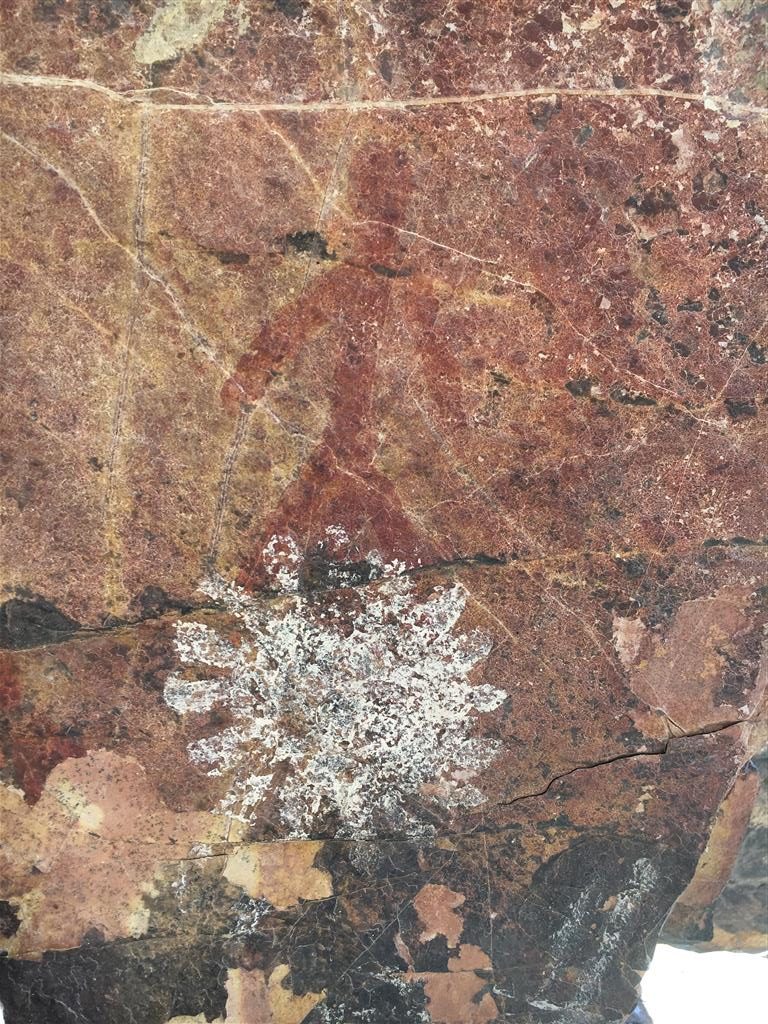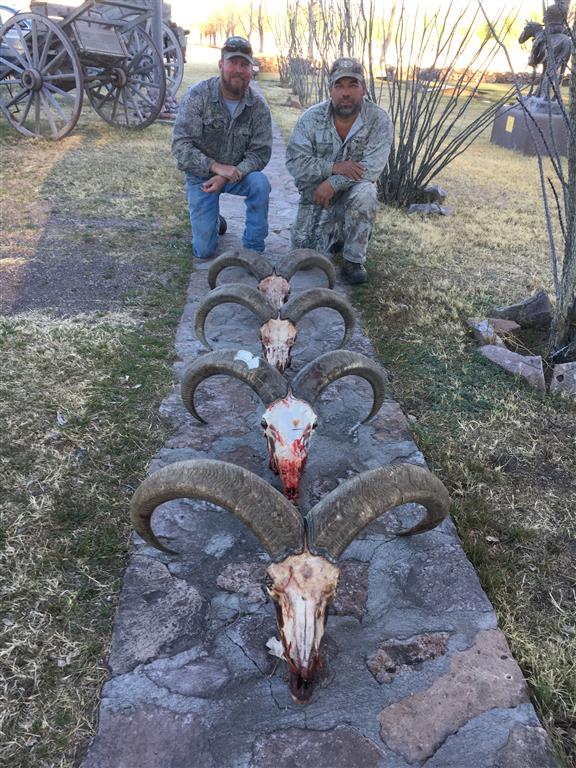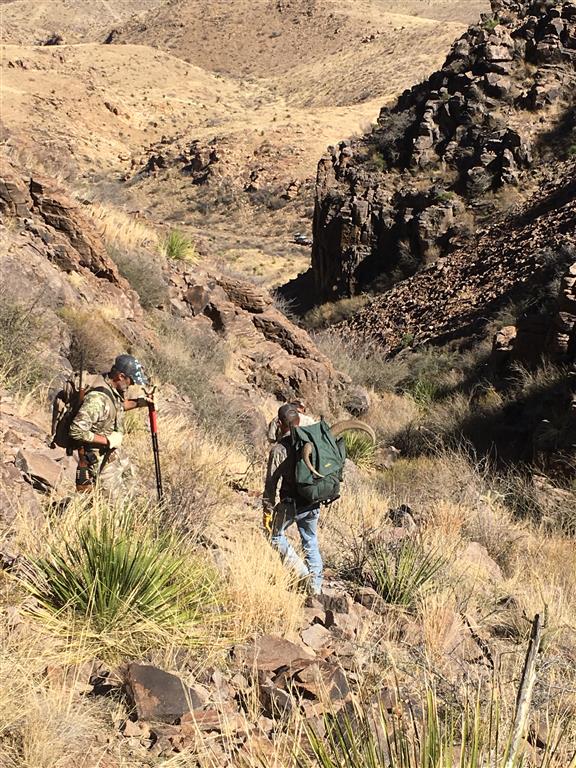It’s always been a dream to hunt desert bighorn sheep in the natural environment of the southwest, roaming free from the hand of man. And while each year I apply for bighorn tags in multiple states, all I have done so far is accumulate an impressive number of preference and bonus points, but no tags. And so, at age 65, I had begun to wonder, will I ever have that experience?
Then last year, a colleague mentioned aoudad hunting. “Really?” I asked. “Aoudad?”
“Just check it out,” she said, “then tell me if you’re interested.”
So I began my research, and right away found that people often refer to it as the "poor man’s desert sheep hunt." That got my attention! Before you know it, I was booked in with a group of friends and colleagues for a South Texas hunt with Steve Jones of Backcountry Hunts. Jones has been guiding and outfitting since 1984, and today concentrates his efforts for big game in New Mexico and Texas. He’s been hunting aoudad for nearly that long, has guides that are both very experienced and crazy for the hunting, and runs an excellent operation. The hunt occurred in mid-February 2017, and it was pretty amazing.
Here are my Top 10 reasons why you should consider an aoudad hunt:
10) History
Aoudad (Ammotragus lervia) are native to northern Africa, including Algeria, Tunisia, Chad, Egypt, Libya, Mali, Mauritania, Morocco, Niger and Sudan. Often called Barbary sheep, as well as waddan, arui, and arruis, aoudad are the only species in the genus Ammotragus. Aoudad were first brought to the United States near the turn of the 20th century and have been reared in zoos and on private preserves for decades. During World War II, American soldiers stationed in Chad and the Barbary Coast of Northern Africa discovered aoudad and realized their potential as a game animal, then helped arrange transplants once they got back home. Aoudad were first released in the wild in New Mexico in 1950 and in Texas in 1957, when 31 were released southwest of Claude in Armstrong County. Thirteen more were released near Quitaque.
These introductions were highly successful in the Palo Duro Canyon area of Texas. In 1963, the population had increased to such a level that a controlled hunt was deemed advisable. Forty-two permits were issued; six rams and three ewes were harvested. In 1964, 50 permits were issued; eight rams and seven ewes were harvested. In 1965, 70 permits resulted in a harvest of eight rams and eight ewes. Today, while no exact figures are available, most believe there are over 25,000 aoudad in Texas, and hundreds more in New Mexico. They can be hunted both on the open range and in high fence ranches.
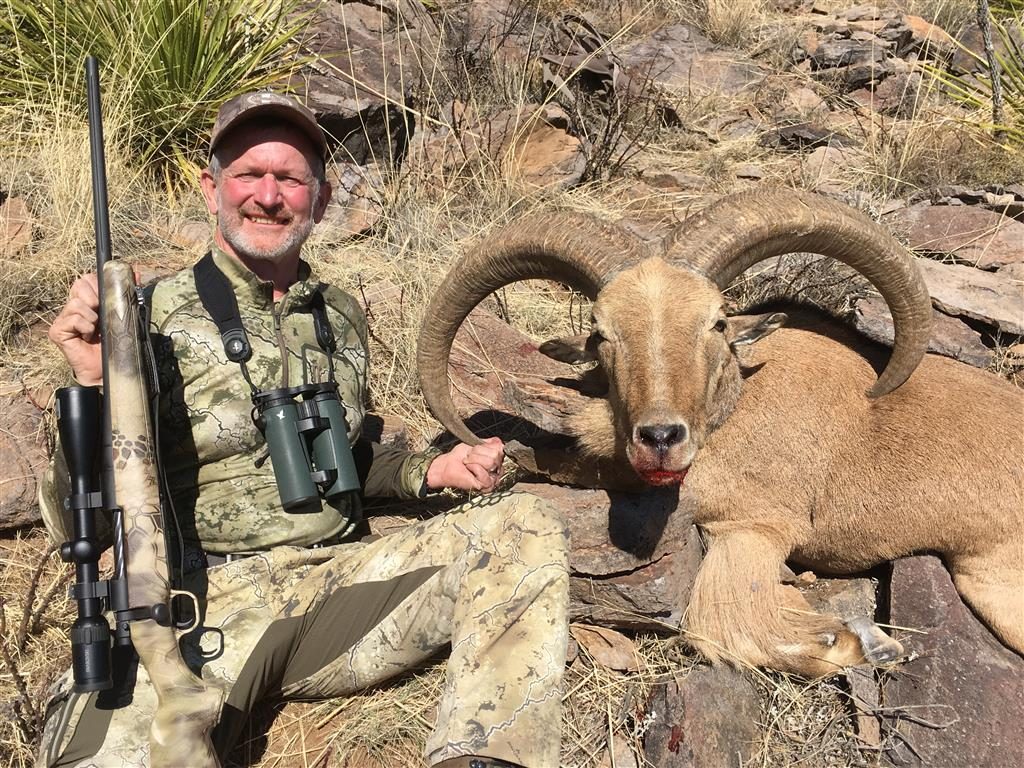
Robb’s ram is a whopper: 34-inch horns, 14-inch bases. Safari Club International scored it at 152 3/8
points. The ram ranked No. 30 all-time in the free-range record book.
9) Cool Critter
They are a relatively large sheep with horns curving outward, backward, and then inward and marked with strong transverse wrinkles. The horns of females are similar but smaller than those of males. Their long tail reaches nearly to the hocks and sports long hairs on the terminal half. Mature males have a conspicuous growth of long hair on the throat, chest, and upper parts of front legs (often referred to as “chaps” by sportsmen).
Aoudad are right at home in dry, rough, barren, and waterless habitat -- much as native desert bighorn sheep are. Apparently they are capable of producing metabolic water and can survive for long periods without access to fresh water. However, when water is available they utilize it for both drinking and bathing. A big ram can weigh more than 300 lbs., with most mature rams weighing between 200 to 250 pounds on the hoof. Mature rams (8 to 12 years of age) will have horn bases with circumferences of 12½ to 143⁄4 inches and an overall horn length of somewhere between 27 to 34 inches, with Jones saying that the “sweet spot” for his hunters over the years are rams with horns measuring 28½ to 30½ inches in length.
8) Historical Country
I did my free-range hunt on Cibola Creek Ranch, a 30,000-acre, low-fence property that dates back to 1857; El Fortin Del Cibolo was heavily fortified and served as the first major military outpost in the region. You can even see the remnants of old Texas Ranger outposts on the property, and petroglyphs on canyon walls. The main resort is like an Old West museum, and both it and the historic buildings where hunters stay can only be described as deluxe. It was way cool!
7) Season Never Closes
In Texas, aoudad season technically never closes. However, most hunting occurs from late fall through early spring, before temperatures reach summer’s nuclear-hot levels. On many ranches you can combine an aoudad hunt with hunting for other species, like deer.
6) Glassing Practice
As far as the senses go, Jones said that aoudad have tremendous eyesight, almost on par with pronghorn. If they have any experience with hunters at all these highly intelligent animals will move off when they see you, even at a half-mile or more. For that reason it’s a spot-and-stalk game when hunting free-range aoudad. Hunters need the best glass they can bring. You’ll want a10X binocular and spotting scope with an upper power of at least 45X with a tripod that can withstand the wind basic fare. There’s no better way to get your glassing game on than actually, well, glassing. So why not do it while hunting?
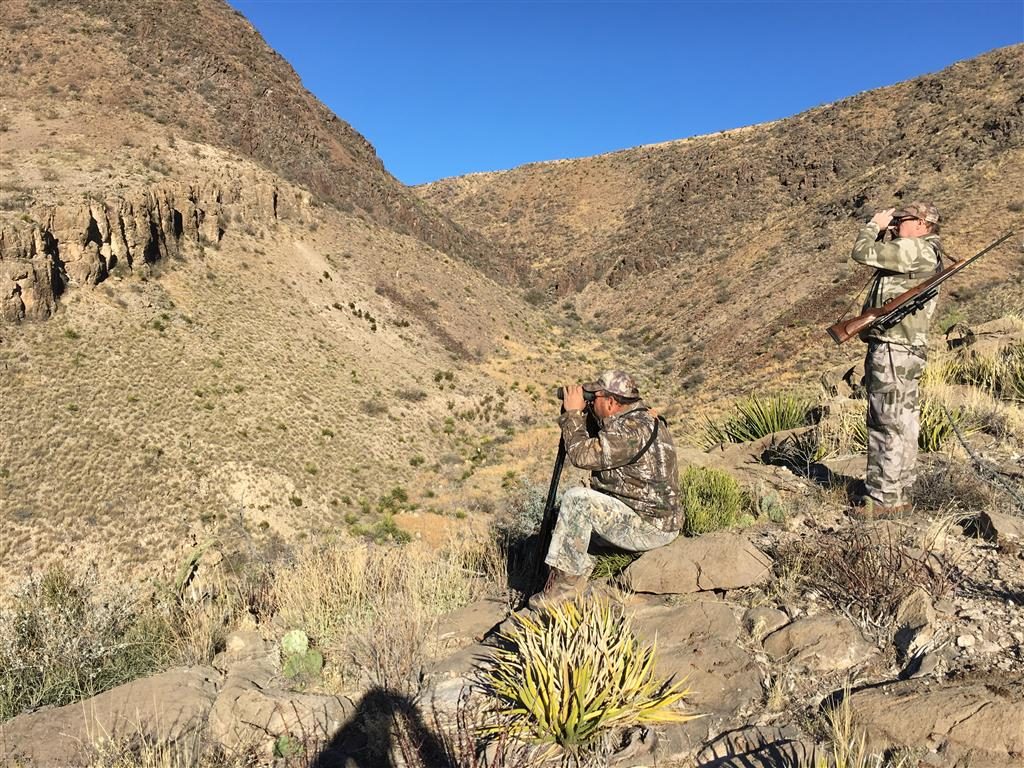
Spot-and-stalk hunting is the name of the game. It's often done initially right from the truck as guides try to spot and evaluate rams at long range before deciding to move in.
5) Marksmanship
Given the nature of the terrain and the aoudad’s terrific eyesight, Jones said his clients’ average shot distances of between 150-300 yards -- though I watched my friend Brad Fitzpatrick and his guide Robert Curry stalk above a 30-inch ram and shoot it at less than 40 yards. On my hunt the other shots measured 160, 250 and 310 yards. Jones recommends flat-shooting cartridges in 6.5mm up through .30 caliber using stout bullets, as aoudad are notorious for soaking up lead. On my hunt I used a Mossberg Patriot rifle chambered for .300 Win. Mag. topped with a Swarovski Z5 3.5-18X scope and loaded with Hornady Precision Hunter ammo featuring the 200-grain ELD-X bullet.
4) Ranch-Style Hunting
While there is some public-land hunting available for aoudad, success rates are low and often drawing tags is tough. Thus, most hunting occurs on private land, and you can pick your experience. Outfitters offer everything from fancy lodge-type accommodations to tent camps. Regardless there’ll be good food and a comfy bed.
3) Price Is Right
I’m a ham-and-egg hunter like most of you, which means I watch my nickels like a hawk. All-inclusive, free-range aoudad hunts cost somewhere between $2500-$6500 based on a number of factors. In Texas all you need is a 5-day Special Hunting license that costs $48 plus a $5 administrative fee if you purchase it online at http://tpwd.texas.gov/business/licenses/online_sales/; or it’s available at local license dealers.
2) Bonus Predator Hunting
Generally speaking, where you find aoudad you also find plenty of predators, notably coyotes, plus javelina. Most outfitters throw in predator hunting for free.
1) Poor Man’s Sheep Hunt
Aoudad are incredibly agile, with soft, spongy hooves providing Spiderman-like traction that permits them to easily climb the steepest rocky terrain. They have heavy, muscular forequarters to power the climb, while their smaller back quarters give them the ability to steer effortlessly from along even knife-edge ledges with zero fear. Essentially you are hunting the same country the same way you would if you were hunting desert bighorn sheep. An aoudad hunt costs 10 to 20 percent of the price of a sheep hunt, and you’ll be getting the same basic experience. Plus an aoudad mount is way cool!
Photo Gallery: South Texas Aoudad Hunting
The author's aoudad hunt in South Texas created numerous memories that he brought home. Here are more pictures from his incredible trip:
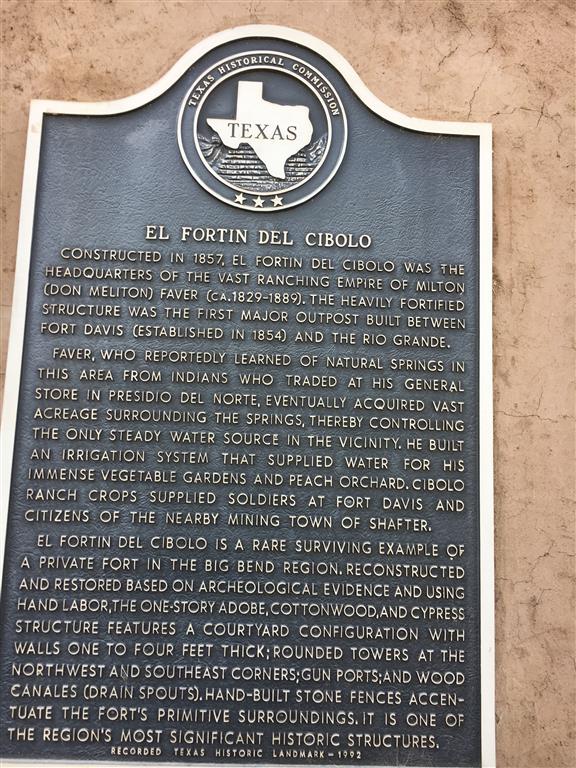
The hunt location was full of history. Here's a plaque from El Fortin Del Cibolo, the first major military outpost in the region.
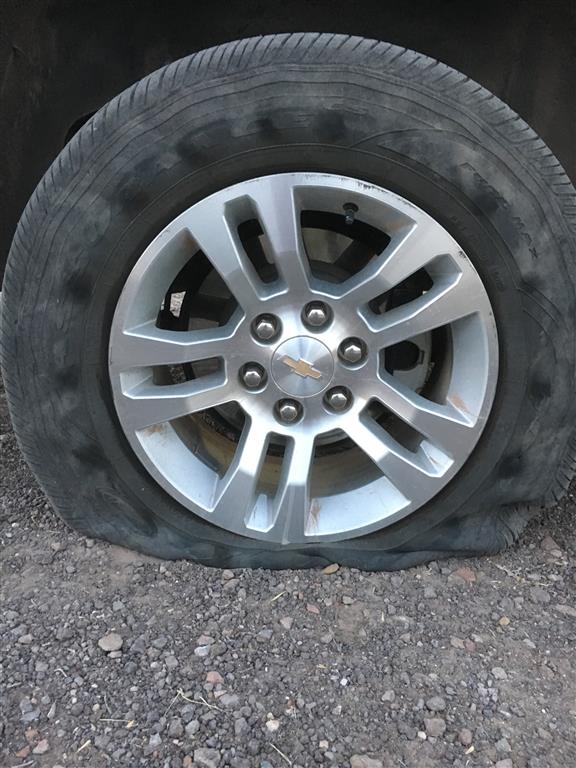
The roads to camp are well-maintained, but caution is still advised to avoid shredding a tire sidewall.
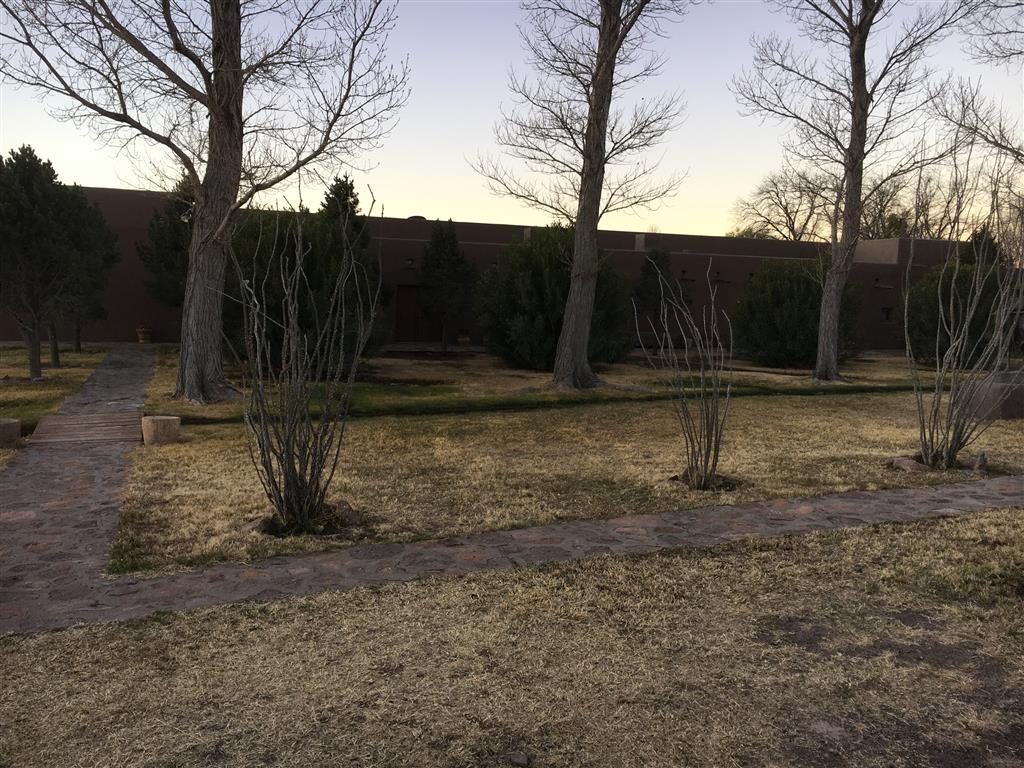
The author's group stayed in this comfortable and historic ranch fort that dates back to the mid-1800s.
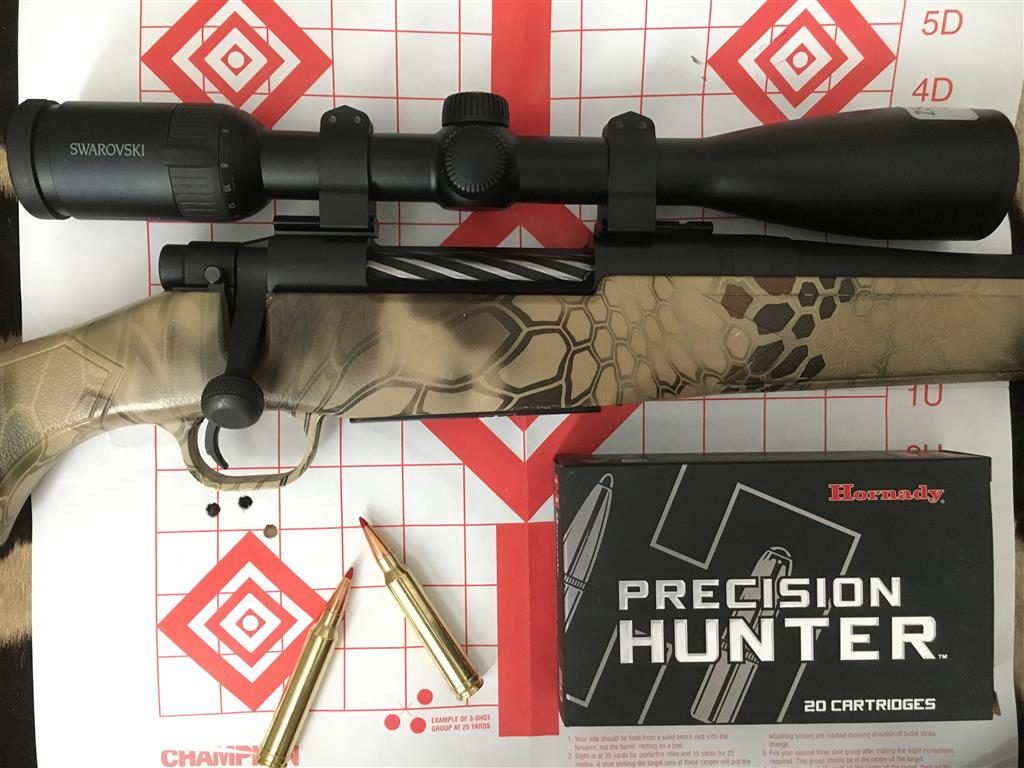
The author used a Mossberg Patriot in .300 Win. Mag. topped with a Swarovski Z5 3.5-18X scope and loaded with Hornady Precision Hunter ammo featuring the 200-grain ELD-X bullet.
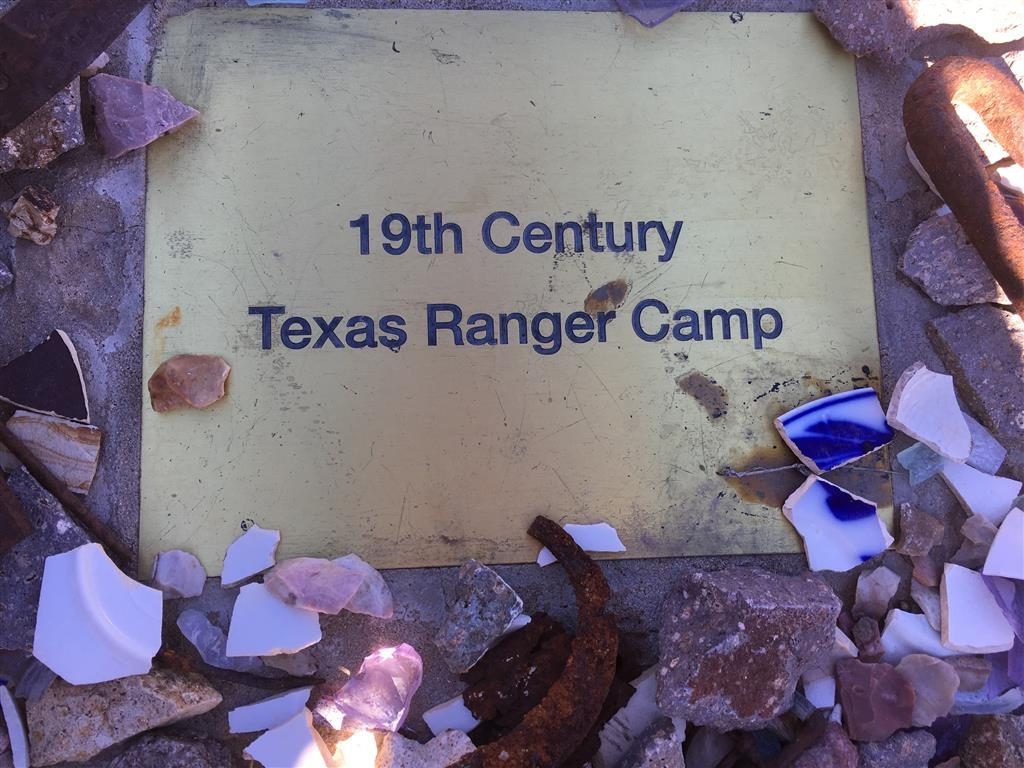
The author was able to check out a historic backcountry house used by the Texas Rangers during the mid-19th century.
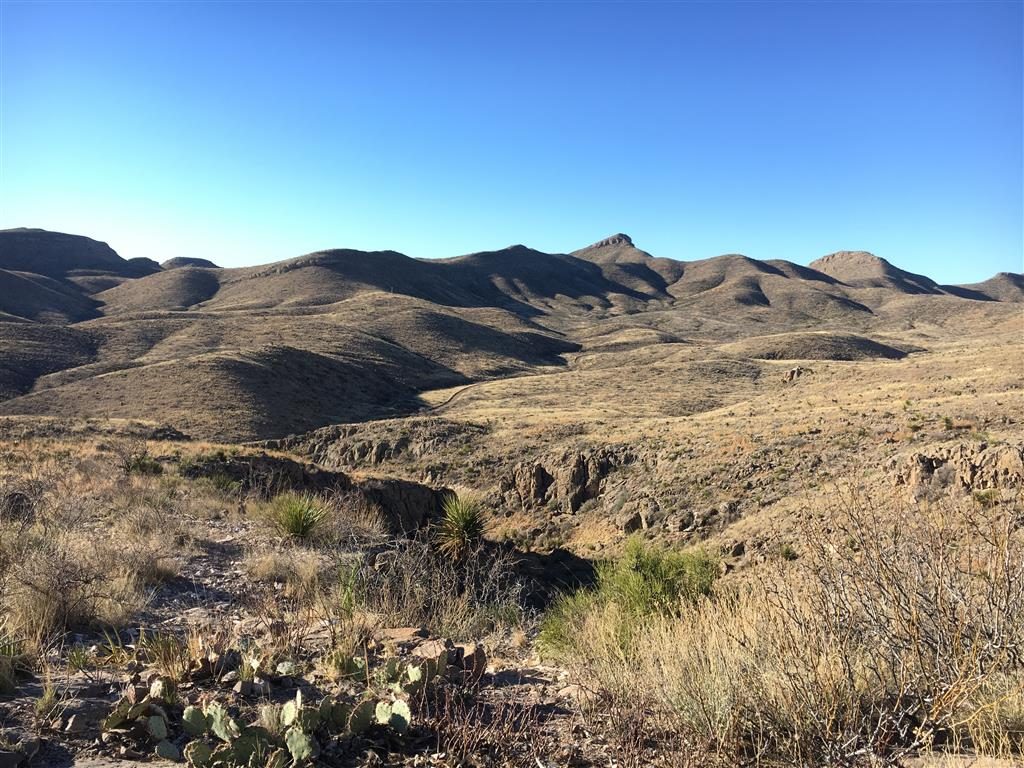
The flat, open desert terrain aoudad prefer is wide open, necessitating great care in locating, then approaching the animals.
Have you hunted aoudad before? Have you considered giving it a shot? Let me know and drop me a line at brobb@grandviewmedia.com.

